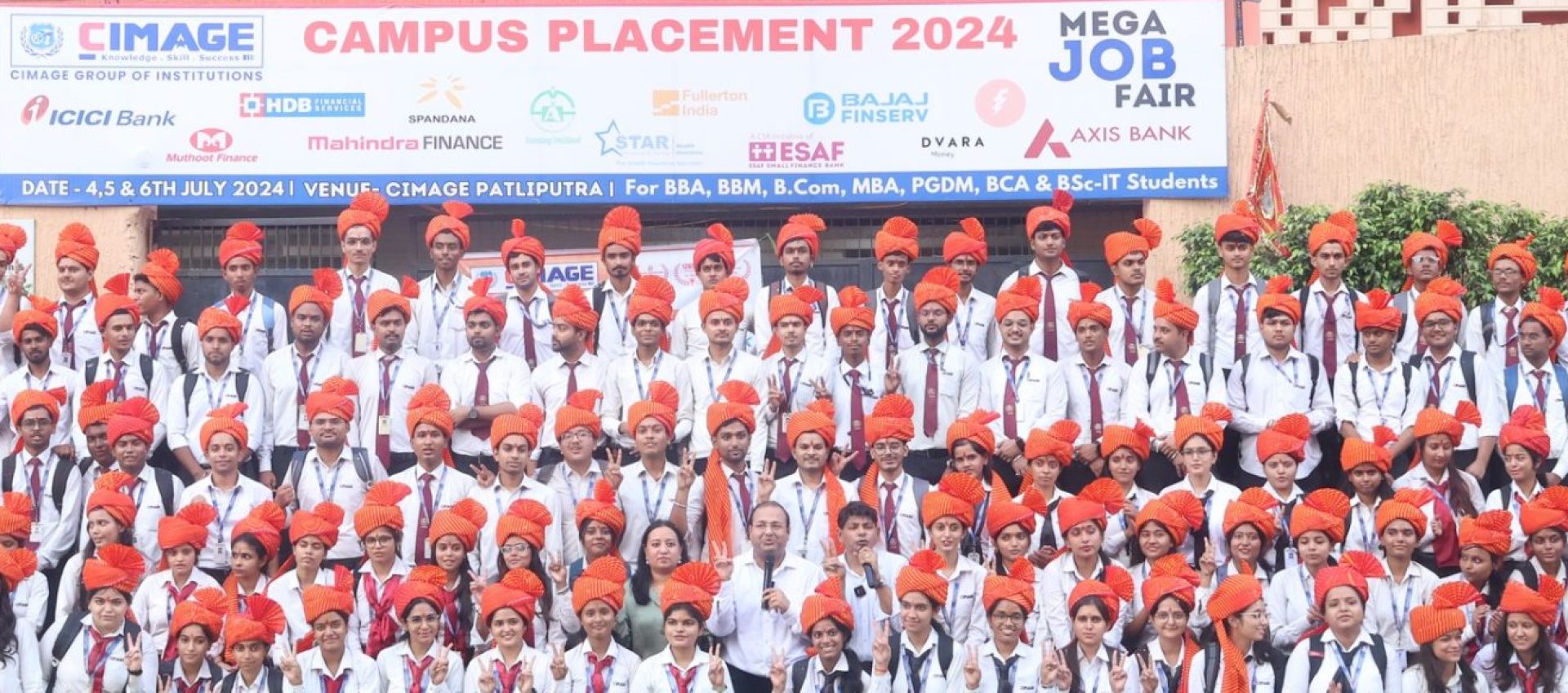We started with an introduction to Django, one of the most popular Python frameworks for backend development. Pravin Sir explained what Django is, why it’s used, and how it helps in building powerful and scalable web applications.
After that, we moved on to the installation process, step-by-step. We learned how to set up a virtual environment for Python projects (which helps to keep things organized and version-controlled), how to install Django within it, and how to check versions of various packages and frameworks using simple terminal commands.
We also got a basic idea of what a framework actually is and how Django follows the MVC (Model-View-Controller) architecture. Then, we explored the project structure—understanding important files like manage.py and learning what’s inside the main project folder (which is also a Python package). We discussed what routes are and how they play a role in connecting different parts of a web application.
One of the best parts was how we worked together to solve errors and problems that popped up during setup. Instead of getting stuck, we helped each other, discussed issues, and learned how to troubleshoot—something every developer must know!

